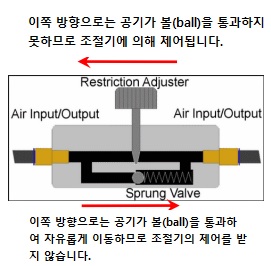표준편차 의미 (Standard Deviation)
Suppose I gave a sample of 100 fifth-grade children a survey to assess their level of depression.
100명의 5학년 학생들을 대상으로 우울감을 느끼는 정도를 점수로 표현하게 했습니다.
The best way to understand a standard deviation is to consider what the two words mean.
표준편차를 의미를 이해하기 위해서는 "표준", "편차" 두 단어를 고려해 봐야 합니다.
Deviation, in this case, refers to the difference between an individual score in a distribution and the average score for the distribution.
"편차"는 한 점수와 평균의 차이를 의미합니다.
So if the average score for a distribution is 10 (as in our previous example), and an individual child has a score of 12, the deviation is 2.
만약 평균 점수가 10일 때, 한 점수가 12라면 점수 12에 대한 편차는 2가 되는 것입니다.
The other word in the term standard deviation is standard. In this case, standard means typical, or average.
"표준"이란 단어는 평균의 의미입니다.
So a standard deviation is the typical, or average, deviation between individual scores in a distribution and the mean for the distribution.
따라서 표준편차란 편차들의 평균을 의미합니다.
This is a very useful statistic because it provides a handy measure of how spread out the scores are in the distribution.
표준편차는 표본집합의 응집도를 표현하기 때문에 통계에서 유용한 지표가 됩니다.
100명의 5학년 학생들을 대상으로 우울감을 느끼는 정도를 점수로 표현하게 했습니다.
The best way to understand a standard deviation is to consider what the two words mean.
표준편차를 의미를 이해하기 위해서는 "표준", "편차" 두 단어를 고려해 봐야 합니다.
Deviation, in this case, refers to the difference between an individual score in a distribution and the average score for the distribution.
"편차"는 한 점수와 평균의 차이를 의미합니다.
So if the average score for a distribution is 10 (as in our previous example), and an individual child has a score of 12, the deviation is 2.
만약 평균 점수가 10일 때, 한 점수가 12라면 점수 12에 대한 편차는 2가 되는 것입니다.
The other word in the term standard deviation is standard. In this case, standard means typical, or average.
"표준"이란 단어는 평균의 의미입니다.
So a standard deviation is the typical, or average, deviation between individual scores in a distribution and the mean for the distribution.
따라서 표준편차란 편차들의 평균을 의미합니다.
This is a very useful statistic because it provides a handy measure of how spread out the scores are in the distribution.
표준편차는 표본집합의 응집도를 표현하기 때문에 통계에서 유용한 지표가 됩니다.





댓글
댓글 쓰기